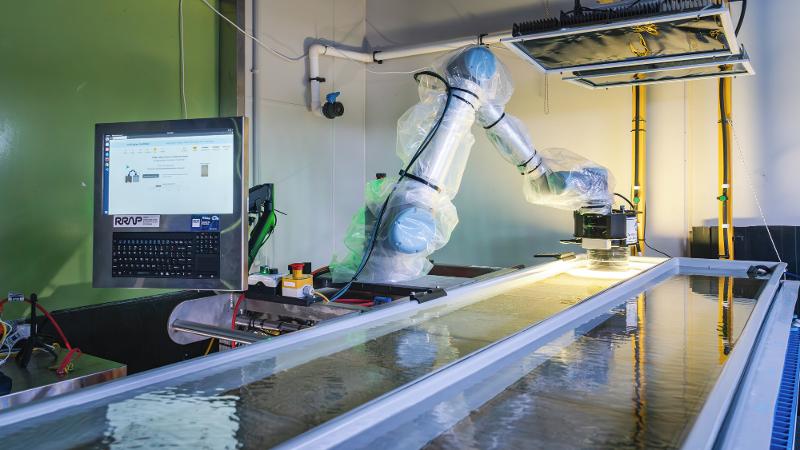 Gene therapy, stem cells, artificial intelligence, the bionic eye – incredible advances in research and technology are opening up new frontiers for eye health.
Gene therapy, stem cells, artificial intelligence, the bionic eye – incredible advances in research and technology are opening up new frontiers for eye health.
It’s a brave new world of scientific discovery and futuristic technology.
With each step forward, eye researchers are unlocking exciting possibilities for earlier detection of eye disease, better treatments and potentially even restoring sight.
At the Centre for Eye Research Australia’s Looking to the Future Community Forum, held in October 2019, a selection of CERA’s leading experts discussed the current eye research landscape and what the future holds.
Over two panels – ‘Gene therapy demystified’ and ‘Everything you need to know about artificial intelligence and new technology’ – they explored everything from the bionic eye, to corneal cells grown from skin, to computer programs that can detect eye disease with better-than-human accuracy.
Here is a snapshot of some of the key ideas discussed, and the areas of research shaping the future of eye health.
Gene therapy
Our genes determine how our body works, and when a tiny building block is missing or isn’t quite right, it can cause significant problems.
There are over 300 different genes that are known to cause inherited retinal diseases (IRDs) – genetic eye conditions that can lead to vision loss and blindness.
Unfortunately, not much can be done to reverse or slow the progression of these conditions. But gene therapy is opening up a potential pathway to treatment.
“One of the things we’re trying to do at CERA is establish a Melbourne Centre for Ocular Gene and Cell Therapy,” said Professor Keith Martin, CERA Managing Director.
“It’s a really exciting time with new technologies developing. With the right support, I believe we will be able to make an impact on diseases that have previously been considered untreatable.”
In its simplest form, gene therapy for eye disease works by identifying a defective gene which causes vision loss, producing a correct copy in the lab and reintroducing it to the eye using a specially-engineered virus.
“The virus is a bit like an envelope that we put a message inside,” Professor Martin explained. “The virus sticks onto the cell, and the cell reads the instructions for the little building block it’s missing.”
The world’s first ocular gene therapy, for a rare inherited retinal disease, has been approved for clinical use in the US and Europe. It’s anticipated that many more gene therapies will become available in the next few years.
“With the right support, I believe we will be able to make an impact on diseases that have previously been considered untreatable.”
So what possibilities does this offer to someone living with an inherited retinal disease?
Dr Tom Edwards, CERA’s Principal Investigator in Retinal Gene Therapy Research, said it’s important to understand that these therapies need to be developed specifically to the gene that’s causing the problem.
“The first step is to try to identify the gene that’s causing the condition, which we can generally do in 70-80% of cases,” he said.
“Once you know the gene, you can then look online to determine if there are any groups working on gene therapies for that particular gene.







.jpeg/_jcr_content/renditions/cq5dam.web.1280.720.jpeg)